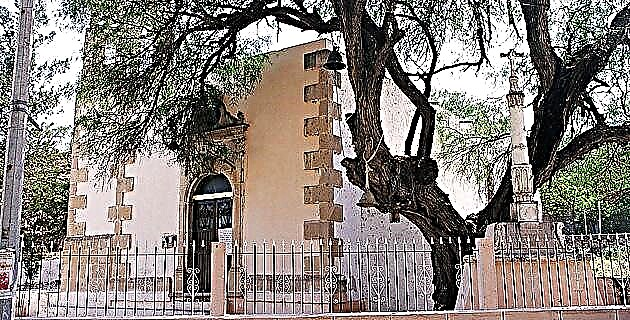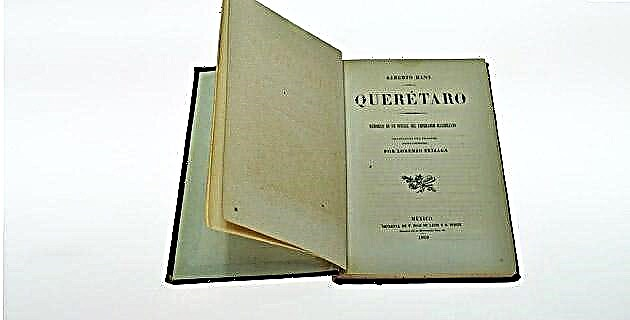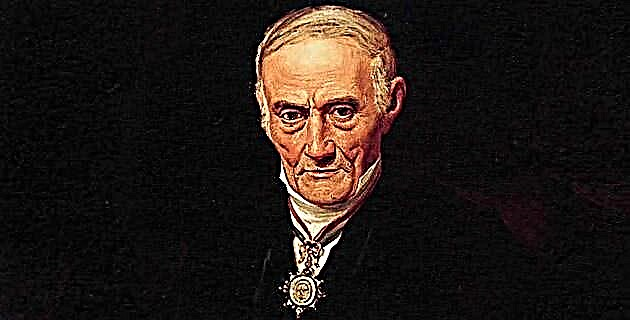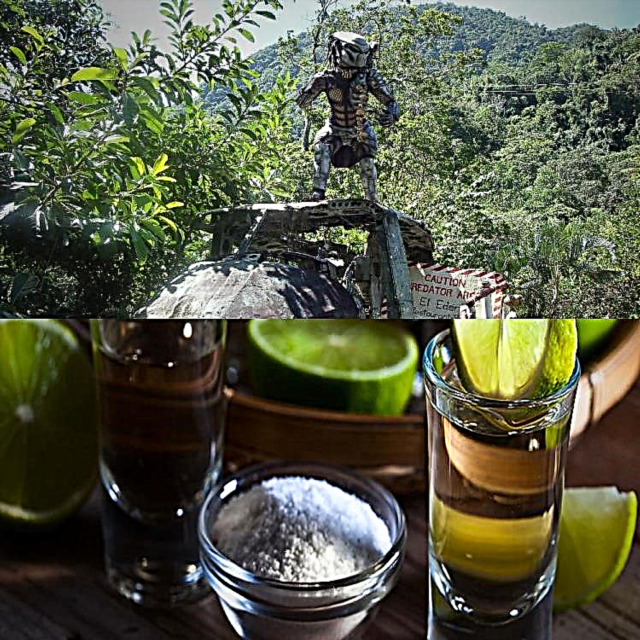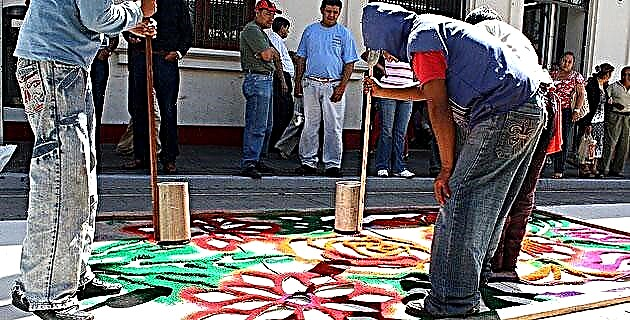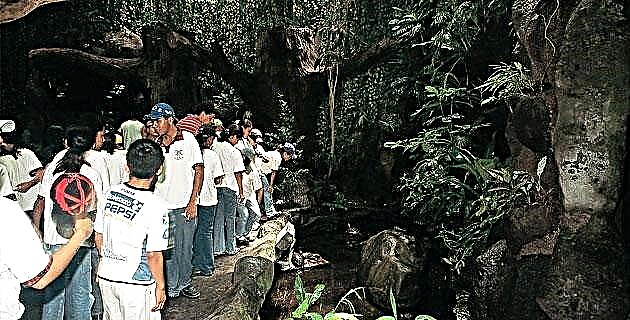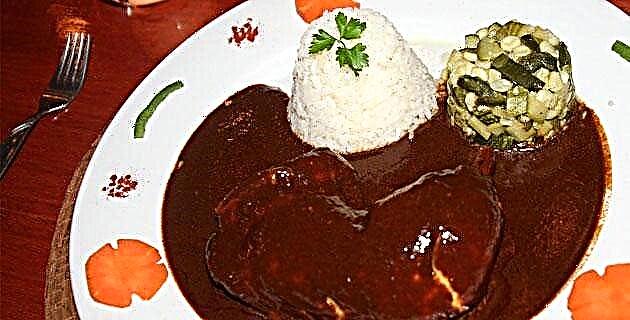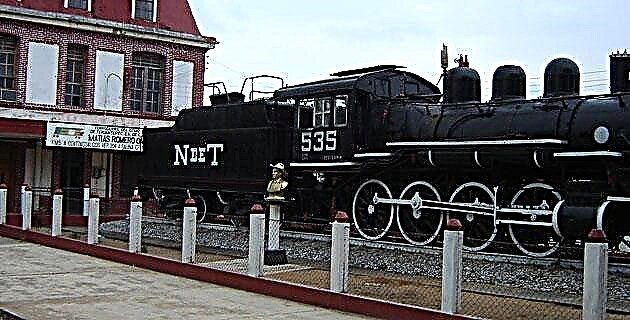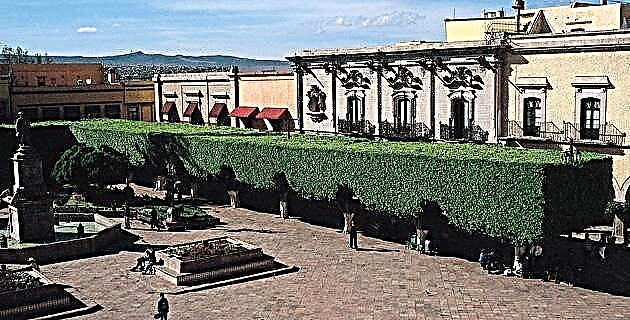
Querétaro, the state capital, despite its proximity to the Federal District, continues to retain a deeply rooted traditional aspect.
Querétaro, the state capital, despite its proximity to the Federal District, continues to retain a deeply rooted traditional aspect. The scene of struggles between Spaniards and Indians, a site of conspiracy in the War of Independence, a place where Maximillano de Habsburg was shot, a vital point during the Revolution, now, more than anything, it is a prosperous city with a strong tourist accent.
The choir of the Santa Rosa convent, of impeccable baroque style; the Government Palace, with its wrought iron railings; the Academy of Fine Arts; the church of the Congregation of Our Lady of Guadalupe; the Temple and former convent of the Cross, from which a panoramic view of the city of Querétaro can be seen; the Pink Quarry Aqueduct, with 74 semicircular arches, and the Alameda Park, are part of a setting that urban growth has not been able to eclipse.
Before San Juan del Río and Mexico City, 41 kilometers from Querétaro, Highway 120 rises to the right that takes us to Amealco, a town where the Otomí culture still manifests itself.
In San Juan del Río, the last stopover to Mexico City, the artisan center is its greatest attraction.
The convent and temple of Tepotzotlán, already in the vicinity of the gigantic city, is our final point on the journey from Ciudad Juárez. In addition to its Baroque façade and its museum inside, its altarpieces are one of the best examples of Baroque in Mexico and Latin America, with an undeniable trace of pre-Hispanic culture in the hands of the sculptors who made such a miracle.

